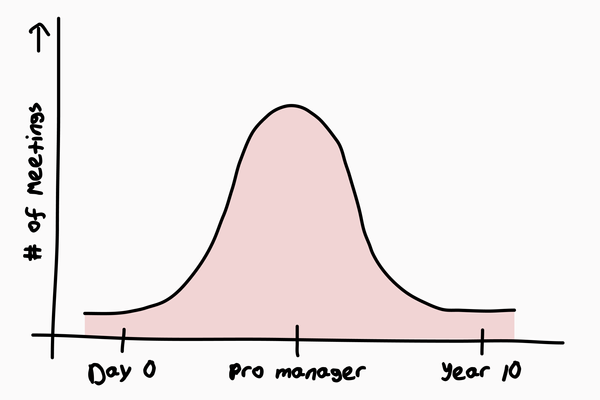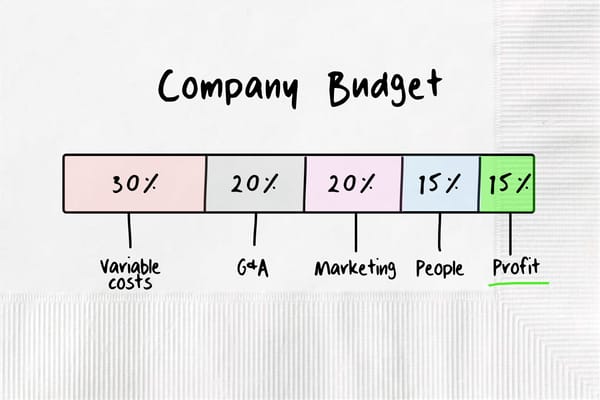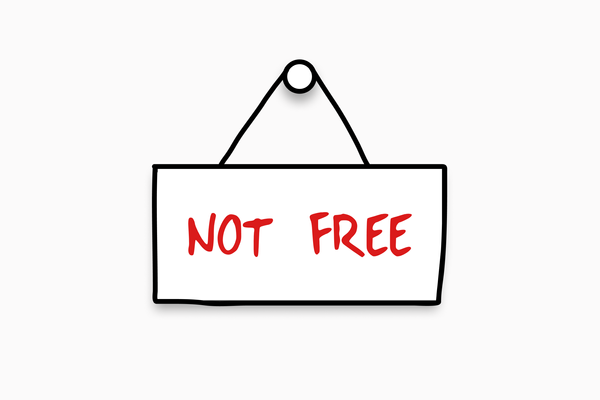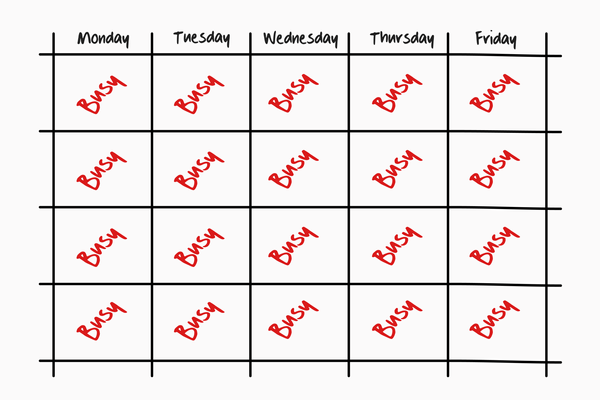Profit Starts With Product
Fast growing, profitable companies have one thing in common: a much better product than the competition.
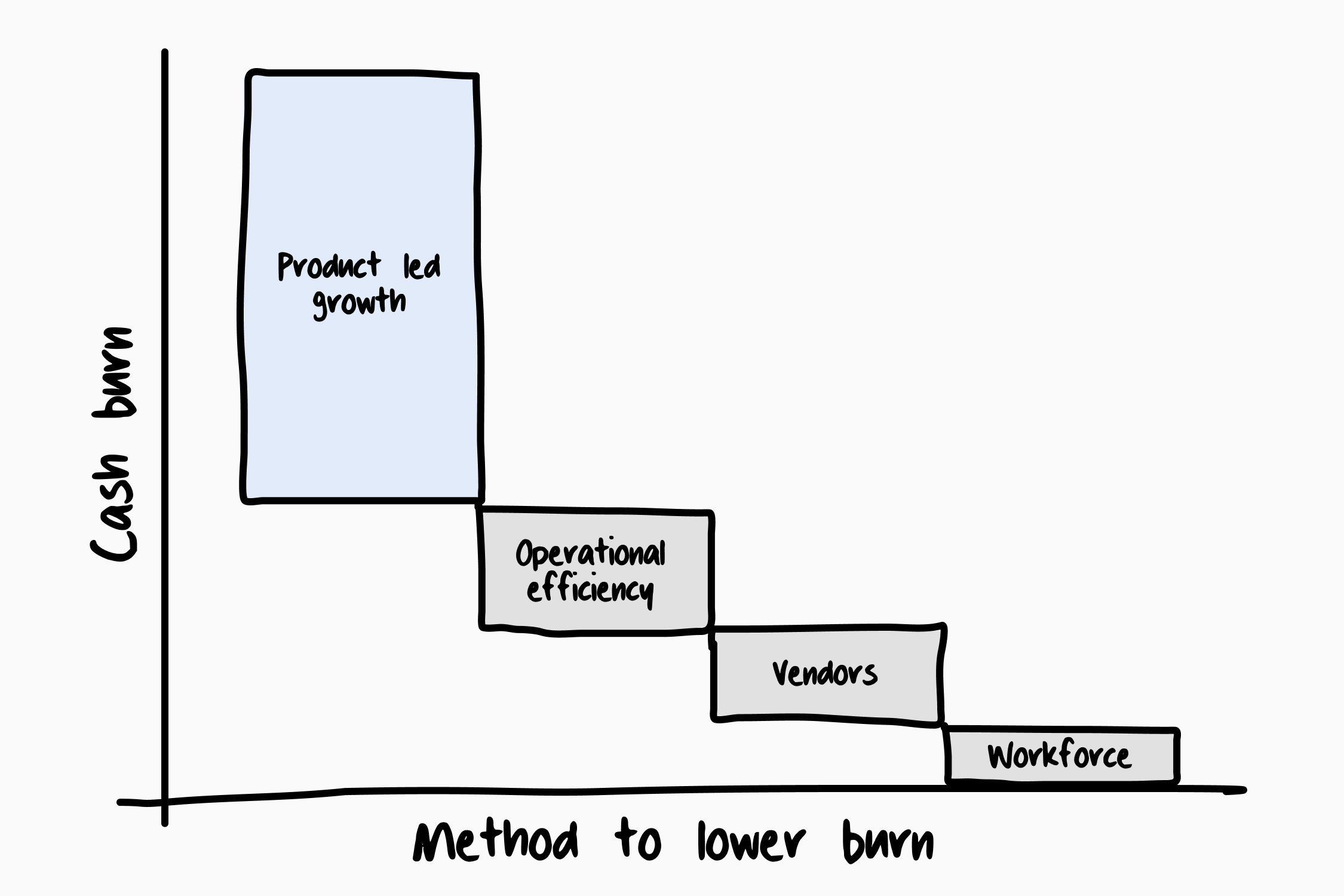
In early 2022, after an unsuccessful fundraise for Albert, the company I run, I sent a letter to leadership about changing course. We would attempt to steer towards profitability while maintaining growth.
As a venture capital backed business that had raised $200 million during a period of high valuations, profit was not part of company DNA. We burned cash because the core business was not healthy: variable costs near 50% of revenue, fixed costs (servers, people, office space, etc.) over 50% of revenue, and marketing dollars repaid in two years.
Albert had one simple problem: revenue per customer was too low. Full featured banking, savings, investing, budgeting tools and financial advisors cost money, and cheap capital had subsidized costs until early 2022.
While we charged some customers a subscription for premium features, nearly half of all monthly active users were using the app for free. Conventional wisdom says that if customers won’t pay an optional subscription fee for paywalled features, they won’t pay a subscription fee for an entire app. This proved wrong, and thankfully we understood the fallacy in our assumption before running out of money.
This post is the second in a series of posts on how to transform a fast-growing, money-losing company into a profitable one, without sacrificing growth.

Albert Genius, the origin story
Customers are always willing to pay for a product they love.
Albert launched as a free app in June 2016 to early buzz, with 100,000 signups in months. But one year in, cash was running low, we hadn't figured out how to make money, and investors had temporarily abandoned consumer financial services.
We launched Albert Genius in August 2017. Albert Genius gave users a financial plan, financial advice from human advisors, and extra yield on savings, all built on top of Albert's existing free budgeting and financial management tools. Users could choose to pay whatever they thought fair for the subscription, from $0 to $14 per month. It was one of the first personal financial management apps to charge a recurring fee for premium features.
We released the updated app around noon on a Friday, and the whole company—five of us in a small room at WeWork in downtown L.A.—waited by the bell we programmed to ring each time a subscriber paid for Genius. Within 15 minutes, we disabled the bell because it was ringing non-stop.
Product market fit
Build things people love enough to pay for.
Half of Albert's 50,000 active users chose to pay for the subscription when we launched Genius, selecting $4 per month on average.


